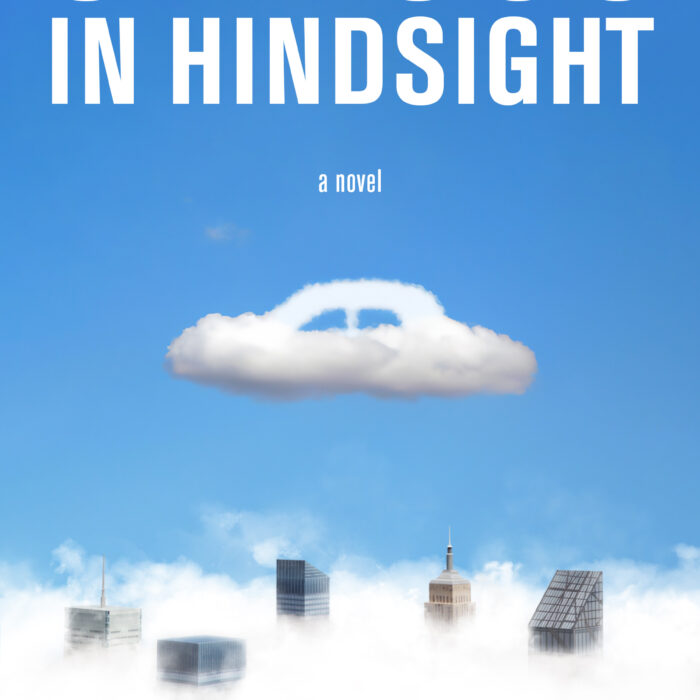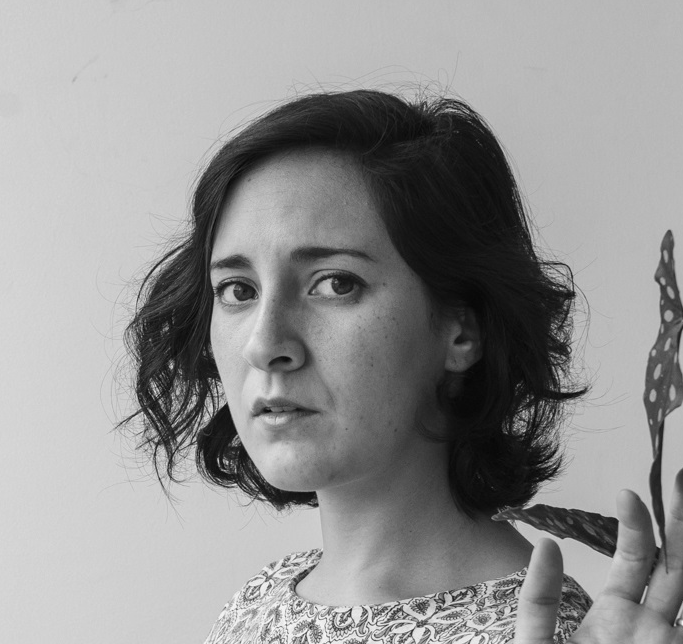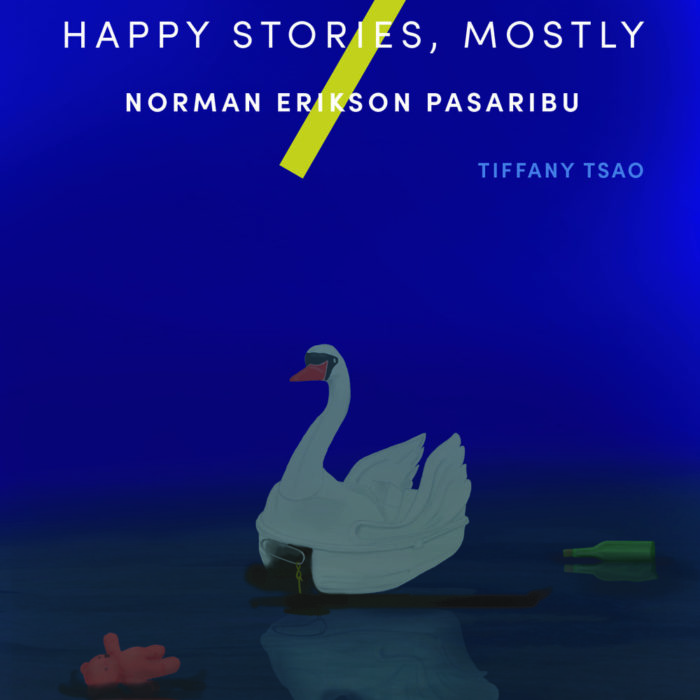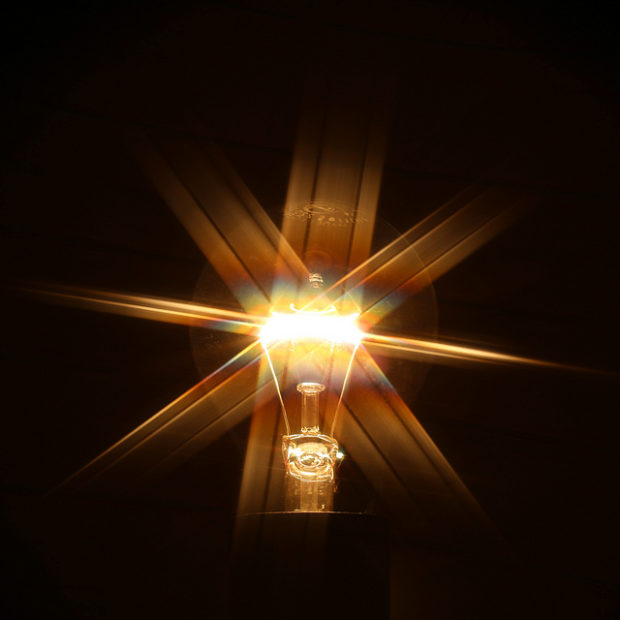You have no items in your cart. Want to get some nice things?
Go shopping
“I’ve been a fan of your work for 29 years,” begins Geoff Dyer as he sits down in conversation with Michael Ondaatje. “I’ve read all your books, from Billy the Kid to The Cat’s Table.”
Literary heavyweight Michael Ondaatje grins briefly, seeming almost embarrassed by the buoyant enthusiasm with which Dyer is speaking to him. This is Ondaatje’s only stop on the British leg of his tour, and he’s being honoured with a full house at the British Museum lecture hall in an event organised by the London Review of Books team and Asia House.
Physically, Ondaatje is scruffily animated, grey whiskers twitching as he first reads to us an extract from his latest novel, The Cat’s Table. His accent is a melting blend of friendly Canadian and clipped Burghese (he is of Sri Lankan descent), his voice soothing and warm as he details the mischievous adventures of a young boy aboard a ship. For those who are familiar with Ondaatje’s work—most notably The English Patient, for which he won the Man Booker Prize in 1992—his latest offering will be a change, as he utilises a fairly straightforward narrative throughout, chronologically progressing from the voice of a young boy to adult. The decision to move away from his signature fragmentary, syncopated style of writing for The Cat’s Table wasn’t a conscious one, he tells us, “it just happened that way. It was written from A to Z, it was logical, simple.”
The Collected Works of Billy the Kid is perhaps the best example of his usual poetic style. “They started off as short poems, not in chronological order or anything,” Ondaatje says, responding to a question about the structure in his writing. “But then I decided I wanted to turn them into prose.”
The extract which Ondaatje reads to the audience retells the night when “The Four Feathers” was shown on board an ocean liner which was sailing from Ceylon to England. Ondaatje himself made the very same journey when he was barely ten years old, just slightly younger than his novel’s protagonist. He confesses that he had little or no recollection of the event and hadn’t intended the novel to be a memoir, although he and Dyer both admitted to being huge fans of Tobias Wolff’s Old School, a novel deliberately written to seem like a nonfictional memoir when it is, in fact, fiction.
The fluidity with which Ondaatje moves between different mediums of art (film and writing) is picked up on by the audience and he is asked how he differentiates between each style medium, and what are his processes?
“I guess in my writing I pick up on what films can’t do. Film is a very strict medium to work with. Also film has to be logical, whereas in books logic is sometimes lost.”
He continues, “I love editing film—there’s something so microscopically precise about it.” He reflects on what he’s said and the question for a minute. Refreshingly, Ondaatje draws blanks several times during the question session, confirming that he is indeed an artist first and not a literary critic. When Dyer asks him why he references Kipling in so many of his novels, Ondaatje’s response is: “I have no idea. I’ll let you know next time.”
Too soon, the talk ends and loud clapping fills the hall. People immediately start making their way to him; it is Ondaatje’s friendly positivism, I suspect, that makes him such an approachable author.
By Ysabelle Cheung





